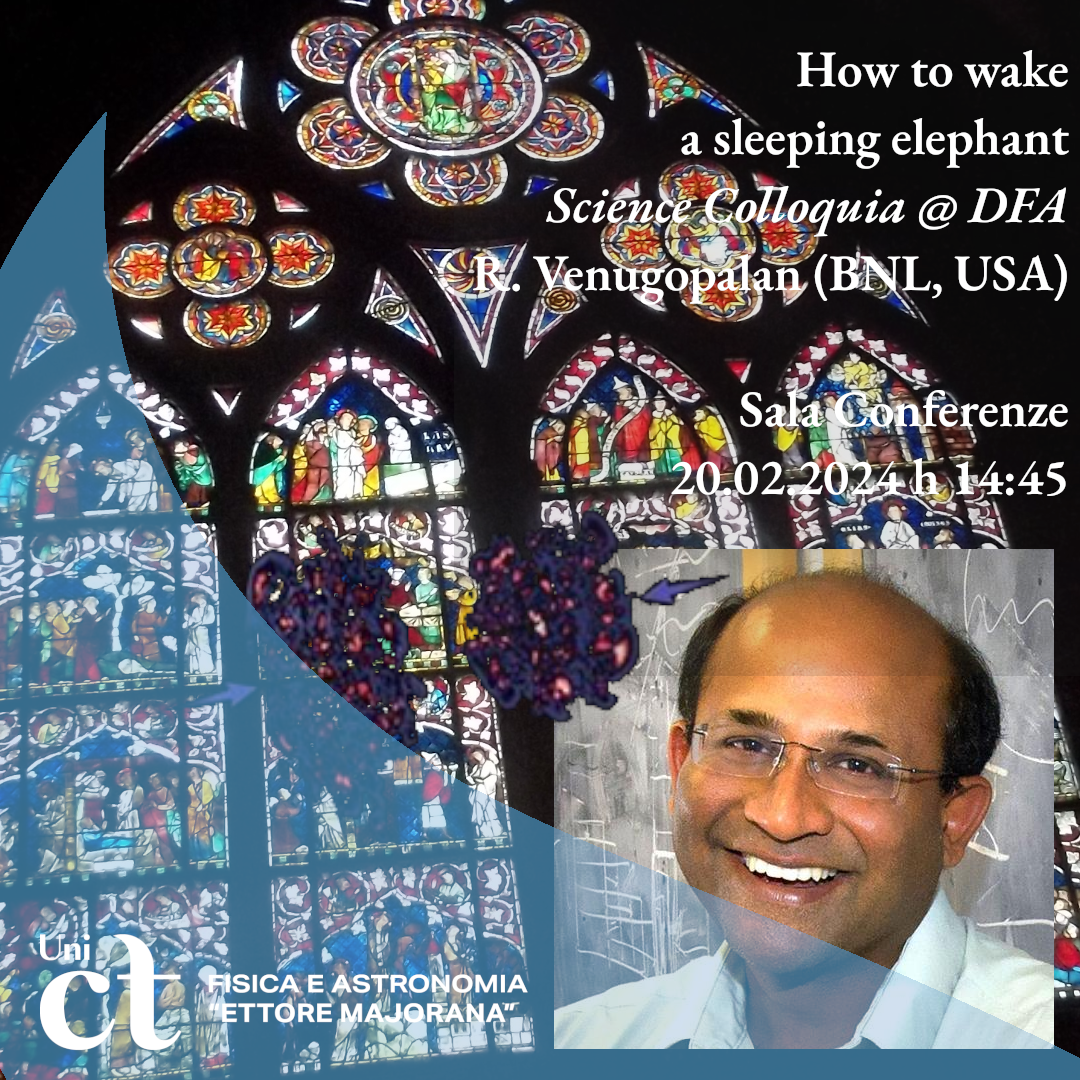How to wake a sleeping elephant: Insights into quark (and gluon) confinement from the buzz of wee partons

50 years after the invention of our theory of the strong force - Quantum Chromodynamics (QCD) - the confinement of quarks and gluons remains the metaphorical elephant in the standard model of physics, tamed, yet elusive in essence. Fresh insight can be gained from the many-body dynamics of wee partons (infrared quarks and gluons) revealed at high energies. Though apparently extremely complex, key features of this “buzz” of wee partons are captured by emergent semi-classical lumpy structures of dense gluons described by a Color Glass Condensate (CGC) effective field theory. The CGC provides a common framework to explore multi-particle final states at collider energies and In particular provides a sophisticated understanding of the process of thermalization in heavy-ion collisions. We discuss incipient ideas on the interpretation of the CGC in the universal language of asymptotic symmetries, soft theorems and quantum Information science and outline interdisciplinary connections to systems across energy scales ranging from Black Holes to ultracold atoms. Our “confinement under stress” perspective is informed by precision CGC computations aimed towards the high luminosity era of the Large Hadron Collider and the future Electron Ion Collider as well as models exploring the potential for future applications of quantum technologies.
